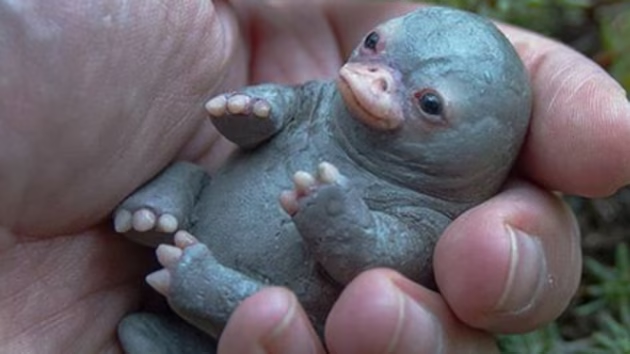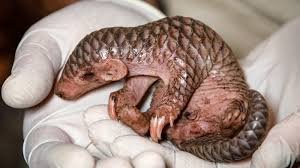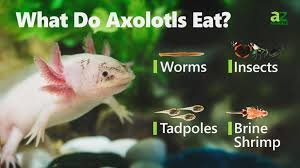
river otter vs sea otter
Otters are playful, intelligent, and endearing animals that have captured the fascination of wildlife enthusiasts across the globe. While the word “otter” might bring a single animal to mind, there are actually 13 different species of otters worldwide. However, in North America, the two most commonly discussed types are the river otter and the sea otter. Although they share many characteristics and a common ancestor, they have evolved to occupy very different ecological niches. So what exactly sets these two otter species apart? In this article, we’ll explore the key differences between the river otter and sea otter, covering aspects like habitat, size, behavior, diet, physical appearance, and conservation status.
Geographic Distribution and Habitat
One of the most fundamental differences between river otters and sea otters is where they live. River otters (Lontra canadensis) are found throughout North America, especially in freshwater rivers, lakes, marshes, and coastal areas. They are highly adaptable and can even live in swamps and estuaries. They spend significant time both on land and in the water. In contrast, sea otters (Enhydra lutris) are found along the North Pacific Ocean, especially the coastlines of Alaska, British Columbia, Washington, and California. Unlike river otters, sea otters are almost entirely aquatic and spend nearly their whole lives in the ocean. They are typically found in kelp forest ecosystems, where they float on their backs and forage underwater.
Physical Appearance
Although they may appear similar at first glance, there are several physical features that distinguish these two species. Sea otters are larger than river otters. An adult sea otter typically weighs between 50 to 100 pounds (23 to 45 kg), while river otters are smaller, weighing only 10 to 30 pounds (4.5 to 14 kg). Sea otters have shorter, blunt snouts, rounder faces, and thicker fur, which is the densest of any mammal on Earth—containing up to one million hair strands per square inch. This dense fur helps them stay warm in frigid ocean waters. River otters, on the other hand, have longer, streamlined bodies, pointed snouts, and sleek, water-resistant fur. Their tails are also longer and more muscular, designed to aid in agile swimming in rivers and streams. In contrast, sea otters use their webbed hind feet like flippers, which makes them excellent swimmers in the ocean.
Behavior and Social Structure
Behaviorally, river otters and sea otters show striking differences in their social habits and daily routines. River otters are semi-aquatic and spend a large amount of time on land. They are known for their playful behaviors like sliding down muddy banks, chasing each other, and using tools occasionally. They usually live in small family groups or alone and are more elusive. Sea otters, by comparison, are more gregarious and social, often forming groups called rafts, which can consist of dozens of individuals. They’re also highly dependent on the ocean, rarely coming ashore, and often floating on their backs for eating, grooming, and sleeping. One of the most iconic behaviors of sea otters is the use of rocks as tools to crack open shellfish, which shows their remarkable intelligence.
Diet and Hunting
Both types of otters are carnivorous, but their diets are shaped by the environments in which they live. River otters feed on fish, amphibians, turtles, crayfish, and small mammals. They are active hunters, swimming swiftly through rivers and using their sensitive whiskers to detect prey. Their diet can vary seasonally and by region. In contrast, sea otters primarily feed on marine invertebrates such as sea urchins, clams, mussels, crabs, and octopuses. They are known for their skill in using stones to break open hard shells, which makes them one of the few tool-using animals in the wild. Additionally, sea otters play a vital role in maintaining the health of kelp forests by controlling sea urchin populations, which would otherwise overgraze the kelp and destroy the ecosystem.
Reproduction and Parental Care
Both river and sea otters are mammals that give birth to live young, but their reproductive habits differ in some key ways. River otters typically give birth in dens—often in abandoned burrows, under logs, or in riverbanks. A typical litter consists of 1 to 3 pups, and the mother cares for them for several months until they are able to fend for themselves. The father does not typically participate in raising the young. In contrast, sea otters usually give birth in the water, and the pups float on their mother’s belly for the first few weeks of life. Sea otter mothers are known for their intensive and prolonged care, sometimes lasting up to six months. During this time, the mother teaches the pup how to dive, hunt, and groom. Unlike river otters, sea otter pups are born with a special fluffy coat that keeps them afloat but prevents diving, keeping them safe while the mother hunts.
Adaptations for Aquatic Life
Though both species are aquatic, sea otters are far more specialized for life in the water. They have several adaptations that allow them to live entirely in the ocean. These include extra-large lungs to help with buoyancy and prolonged dives, highly sensitive forepaws for finding prey, and dense fur for insulation. Sea otters do not have a layer of blubber like seals or whales, so their fur is essential for temperature regulation. River otters, while excellent swimmers, are less specialized and still rely on land for resting, grooming, and denning. Their bodies are designed for speed and agility in narrow, fast-moving freshwater systems rather than open ocean environments.
Threats and Conservation Status
Both river and sea otters face conservation challenges, though the threats differ by species and location. River otters were once heavily trapped for their fur and saw population declines in several parts of North America. However, thanks to conservation efforts, habitat restoration, and regulated trapping, river otter populations have rebounded in many areas. They are currently listed as Least Concern by the IUCN, though local populations can still be vulnerable to pollution, habitat destruction, and climate change. Sea otters, on the other hand, remain more vulnerable. They were hunted to near extinction in the 18th and 19th centuries during the fur trade and have only recently begun to recover. Populations in California and Russia remain at risk due to oil spills, disease, and predation by orcas and sharks. Sea otters are listed as Endangered or Threatened in some regions. Their recovery is closely monitored because they are considered a keystone species in coastal ecosystems.
For a detailed look at sea otter conservation, you can visit this page by Monterey Bay Aquarium, which outlines current threats and research initiatives. River otter recovery programs are also highlighted in many local fish and wildlife departments.
Human Interaction and Public Perception
Otters—both sea and river—are beloved by the public for their playful nature, curiosity, and intelligence. They frequently appear in wildlife documentaries, zoos, and aquariums and are seen as ambassadors for aquatic conservation. However, as urban areas expand, human-wildlife conflict with river otters has increased in some places, especially near fish ponds and commercial fisheries. Sea otters sometimes face backlash from fishermen who view them as competitors for shellfish. Despite this, conservation education has led to growing support for protecting both species. Zoos and aquariums around the world now play a major role in raising awareness and funding for wild otter conservation.
How to Tell Them Apart
If you happen to spot an otter in the wild and are unsure whether it’s a river otter or a sea otter, here are a few key clues:
- Location: Inland freshwater = likely river otter; coastal ocean = likely sea otter
- Behavior: Swimming belly-down and moving on land = river otter; floating on back, rarely seen on land = sea otter
- Size: Smaller and sleeker = river otter; larger and fluffier = sea otter
- Tail: Long and pointed = river otter; short and flat = sea otter
- Group size: Solo or small group = river otter; large raft = sea otter
These differences are not just fascinating from a biological standpoint but also important for conservation and ecological understanding.
Final Thoughts
While they share a common name and some similar features, river otters and sea otters are distinctly different species with unique adaptations, behaviors, and ecological roles. River otters are agile, land-friendly, and versatile, living in diverse freshwater environments and thriving in a variety of climates. Sea otters, on the other hand, are specialized marine mammals that spend their lives floating and diving in the ocean, playing a critical role in maintaining the balance of marine ecosystems. Understanding these differences not only enriches our appreciation for wildlife but also helps in promoting informed conservation strategies. Whether you encounter them sliding down a muddy bank or floating in a kelp bed cracking open a clam, otters are a testament to the diverse wonders of the natural world.






